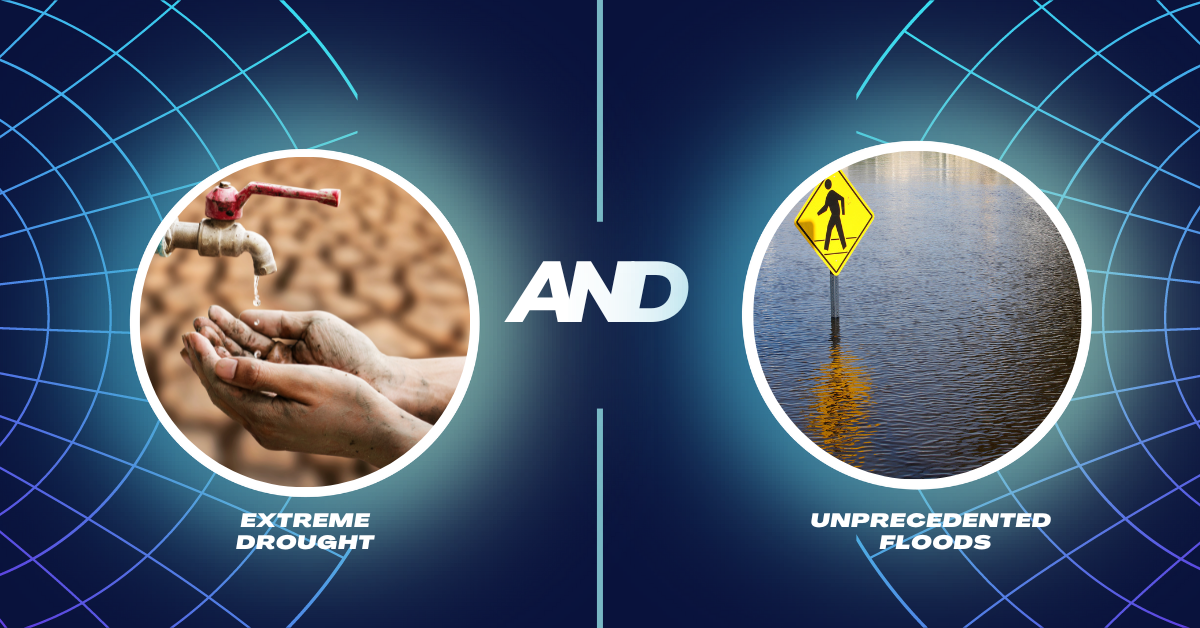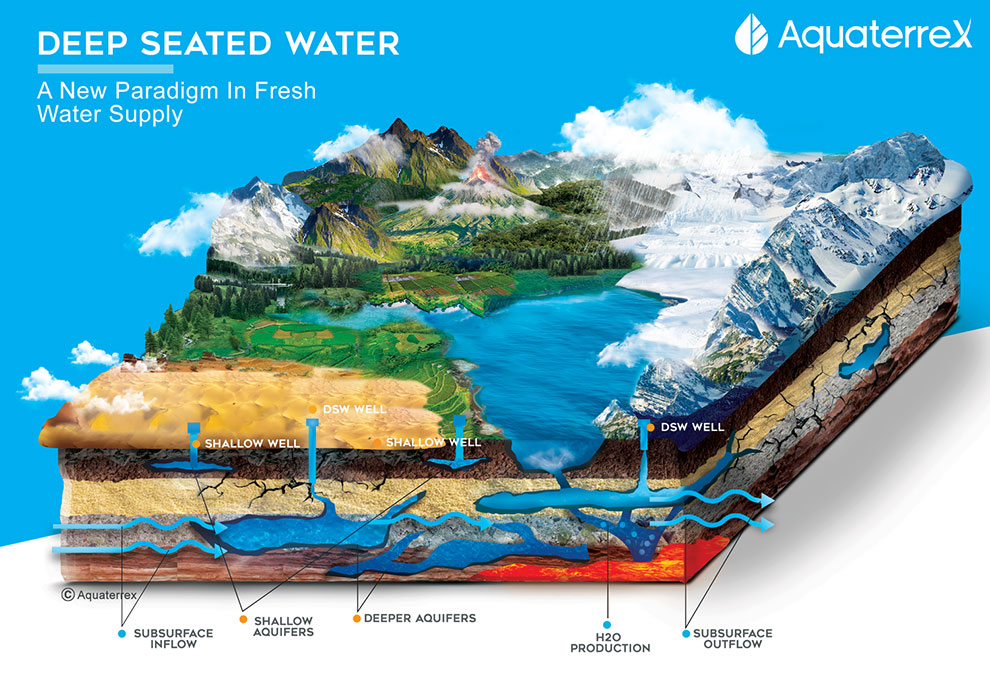
Let’s Talk About the Elephant in the Room – Is the World Going to Run Out of Food in 2023?
The following blog was written by Darryl Bothe, Managing Director of AquaterreX Australia.
Is the world going to run out of food in 2023? It’s a big question and if one is to believe the “doomsdayers”, the simple answer is yes. If one listens to politicians around the world, the answer is … well, let’s just say it’s not being talked about very much. Seriously, do an internet search looking for governmental discussions or talks about a food shortage in your country.
Here are a few links to reports by organisations that suggest a food shortage is imminent. And there are more than you could read in a week of research. But who is talking about it in government?
Foodbank Australia
Global Food Crisis – Chatham
5 things you need to know about the world food crisis – Caritas
These are organisations that work with food-challenged communities and if one were to generalise, they are saying that the food shortage is increasing and the outlook for 2023 and beyond is rather bleak.
The Net Effect of All Contributing Factors
Irrespective of what is causing these issues, the fact remains that the entire world appears to be facing a huge challenge over the next few years to supply enough food for all of its population. The net effect of all contributing factors is that there will be a food shortage, and the flow-on effect is that the prices of the existing food will rise significantly simply due to supply and demand. When a commodity is scarce or becoming scarce, the price of it rises accordingly – it’s basic economics. One just has to put diesel into his tractor or his long-haul truck to get a full appreciation for scarcity dictating prices.
Rising prices will exacerbate the problem because this will expose more people to food shortages simply due to the affordability of nutritious food.
If we then add to this the fact that inflation (and the likelihood of hyperinflation) is increasing prices significantly, we then get a situation where not only will the poor be food-challenged, but the middle class will also experience a similar effect. Thus, creating a huge food security issue around the world.
Alleviating Food Insecurity for All
Given the challenges that we are likely to face over the next few years, what can we do to first alleviate the main problem of food insecurity, and then what can we do to solve the problem as much as possible in the long term?
The answer to both questions is a simple one, grow more food. Plant more crops and breed more livestock. While these are the solutions, it’s not always that simple. In particular, it seems we are in the perfect storm worldwide. In the northern hemisphere, there is significant drought in many agricultural regions and in Australia, the reverse is the fact, unprecedented floods in its food basket regions.

The only real answer left is to find a solution that ticks all the boxes that we are presented with. Particularly in Australia, but also in other areas around the world, the real solution is to shift the paradigm in how we view agricultural opportunities. While vertical farming, hydroponics, and aeroponics all have very real possibilities and all are proven technologies, their scalability is just not enough to solve the crisis that we’re facing. These technologies will of course help and will find their own markets, but a different solution is needed to really face up to the sheer magnitude of solutions that will be required.
But what solution is there that can solve this problem, or at least begin the process of solving this problem and begin to give hope to so many that will be looking for it in the coming few years?
It All Begins With Water!
There are vast tracts of land around Australia and the world that have never been considered arable simply because there was no water nearby. However, some of the soils in these areas have a good base to start with. And with the biotechnologies that are now available, creating a food growing area in a previously arid area is now quite possible, but first one needs water.
As an example of what can be achieved and has been done, in the 1980s Libya began an ambitious plan to bring water to the desert and turn it into a food-growing area. While the region has been steeped in political unrest, the fact remains that the project was a success and could have been expanded.
Using the Libyan example, and also considering that with the latest technology that AquaterreX has developed, we can locate vast supplies of water in what would be considered arid regions where irrigation has never seriously been considered previously, whereas now it can.
We can categorically say, there are vast supplies of groundwater in Australia, and, while a lot of it is saline, there are vast quantities that are fresh and can be used for irrigation. And yes, we have the technology to see the difference between saline and fresh water without having to drill a well. We can locate the water, ascertain if it is fresh or saline, and then also determine the expected flow rate and how far to drill to access this supply of water.

Depiction of shallow and deeper aquifers
Let’s assume that some very entrepreneurial company reads our blog and decides to test this hypothesis. Then discovers that we are correct, and they create a vast array of food crops in previously ignored areas.
Fortune Favours The Bold!
Of course, we’re not suggesting that anyone should profiteer from the food shortage, but we are suggesting that there is a particularly attractive business case that is developing due to the current and near future factors for the astute investor. And to be honest, where would the world be today without astute entrepreneurs?
Our technology is mature, it’s proven and it’s sustainable, and you’ll be surprised where the water is. Contact Us to see!
About AquaterreX
AquaterreX (www.aquaterrex.com) is a global environmental services organization with a mission to broadly implement effective water and food security solutions. AquaterreX maintains offices in Florida, California, and Australia, and has representation in the United Arab Emirates.
The name AquaterreX comes from the Latin, aqua (water) and French, terre (earth, land) which is a derivative of the Latin, terra, and “X” for exploration. Thus, AquaterreX encompasses water and land solutions for the planet.
The company possesses proprietary technology to locate Deep Seated Water, which is fresh water situated below the shallow groundwater that supplies the majority of fresh water on the planet. This vast new source of water can help solve the water crisis facing billions of people.
Darryl Bothe
Managing Director
AquaterreX (Australia division)